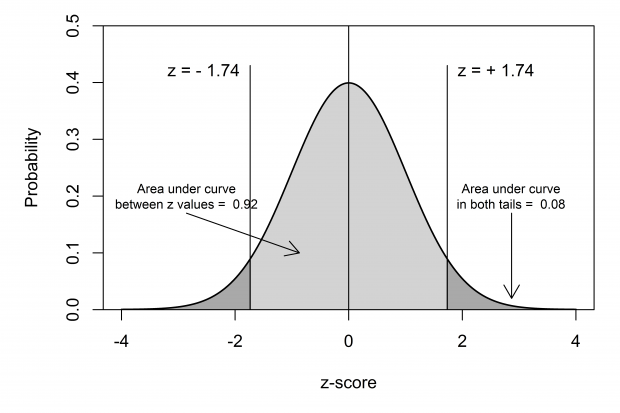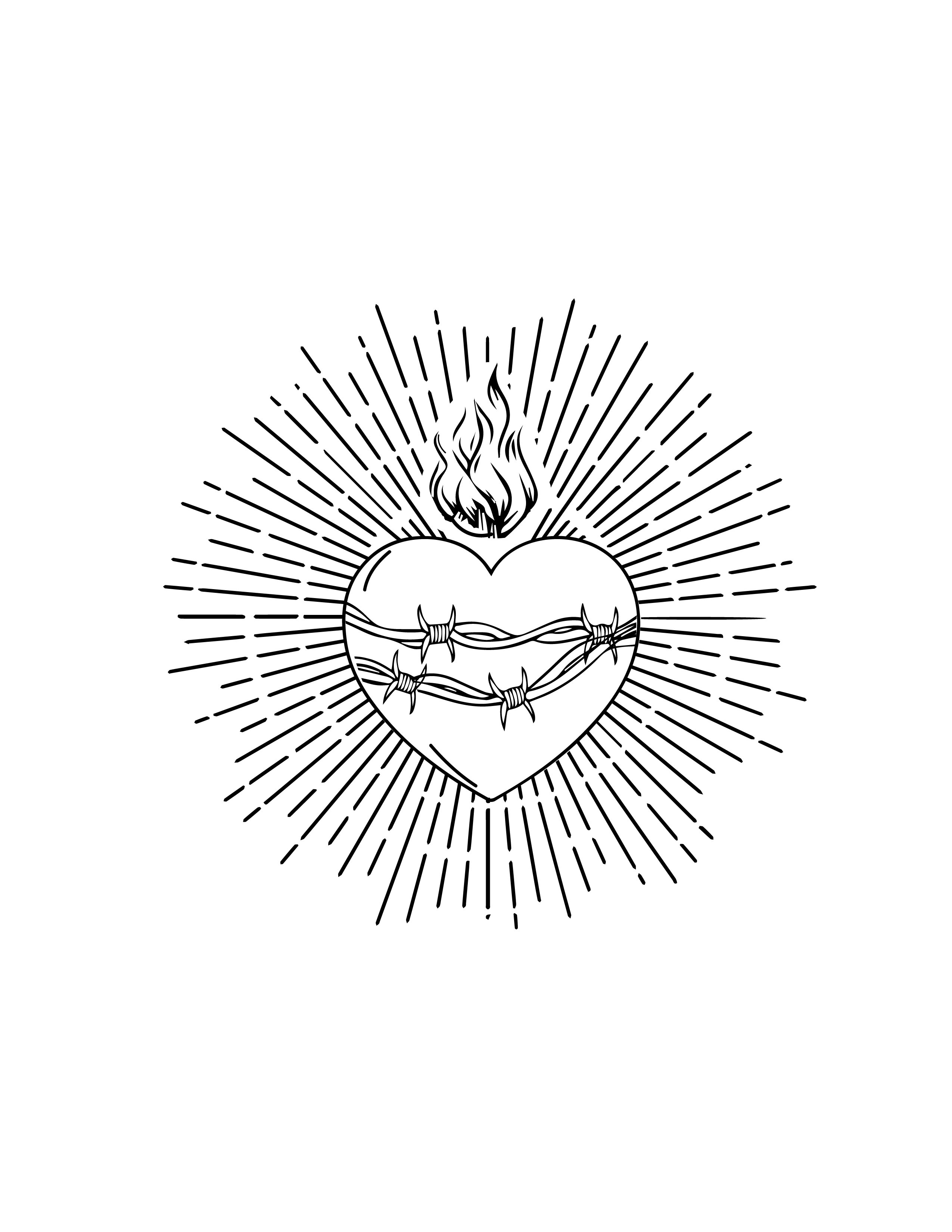Absorbance proline
Table of Contents
Table of Contents
In science, drawing a standard curve is an essential skill that researchers need to master to obtain accurate results, especially in fields such as chemistry, biology, and physics. A standard curve is a representation of the relationship between the concentration of a solution and the intensity of light or color. It is used to calculate the concentration of unknown samples and is a necessary step in many assays and experiments.
When drawing a standard curve, researchers may encounter several challenges, such as determining the appropriate range of concentrations, selecting the method to measure the intensity of the signal, and choosing the type of curve fitting to use. These challenges can result in inaccurate data and poor reproducibility, leading to wasted time, effort, and resources.
The target of drawing a standard curve is to establish a mathematical equation that describes the relationship between the concentration (x-axis) and the signal (y-axis), which can then be used to determine the concentration of unknown samples. The curve can be linear or nonlinear, depending on the type of signal and the range of concentrations.
In summary, drawing a standard curve is a crucial step in many scientific experiments that require accurate and reproducible results. Researchers should carefully consider the range of concentrations, signal measurement method, and curve fitting approach to obtain reliable data.
How to draw a standard curve
When I first learned how to draw a standard curve, I struggled with selecting the optimal range of concentrations and fitting the data to a curve. However, with practice and guidance, I learned the following steps:
 Step 1: Prepare a range of known concentrations of the analyte (e.g., protein, DNA, or small molecules) and measure the corresponding signal (e.g., absorbance or fluorescence) for each concentration.
Step 1: Prepare a range of known concentrations of the analyte (e.g., protein, DNA, or small molecules) and measure the corresponding signal (e.g., absorbance or fluorescence) for each concentration.
Step 2: Plot the signal (y-axis) against the concentration (x-axis) and choose the appropriate type of curve fitting according to the shape of the data points. For example, if the data points form a straight line, a linear fit (y=mx+b) can be used. If the data points exhibit a sigmoidal shape, a nonlinear fit (e.g., Hill equation) may be more appropriate.
Step 3: Calculate the equation of the curve and use it to determine the concentration of unknown samples by measuring their signal and plugging it into the equation.
Tips for drawing a standard curve
Here are some tips that can help researchers to draw a reliable and reproducible standard curve:
 ### Tip 1: Use a wide range of concentrations
### Tip 1: Use a wide range of concentrations
When preparing the range of known concentrations, it is essential to include a broad range that spans the expected concentration of the unknown samples. This can ensure that the curve fits well across the entire range and can accurately extrapolate to higher or lower concentrations. However, too wide a range can cause the curve to become nonlinear and less accurate.
Tip 2: Use a robust measurement method
Accurate measurement of the signal is critical to obtaining reliable data. Researchers should choose a robust and sensitive method that is compatible with the analyte and provides a linear response. For example, absorbance at a specific wavelength, fluorescence intensity, or luminescence can be used depending on the nature of the sample.
Tip 3: Verify the linearity of the curve
Before using the curve to quantify unknown samples, researchers should test its linearity by measuring the signal for several concentrations within and outside the range of the standard curve. The measured signal should fall within the expected range and follow the curve’s equation. If the measured signal deviates significantly, the curve may need to be adjusted or a different range of concentrations used.
Drawing a standard curve in practice
When I was working on my research project, I needed to determine the concentration of a protein sample. I prepared a set of known concentrations of the protein and measured their absorbance at 280 nm. I plotted the data points and fitted them to a linear curve using a curve-fitting software. The equation of the curve was y=0.407x+0.019, where y is the absorbance and x is the concentration in mg/ml.
Next, I measured the absorbance of my unknown sample and plugged it into the equation. The calculated concentration was 0.25 mg/ml, which I confirmed using another method. Drawing a standard curve allowed me to accurately quantify my sample and obtain reliable results that I could use in my analysis.
Question and Answer
Q: What type of curve fitting should I use for my data?
A: The type of curve fitting depends on the shape of the data points. If the data points form a straight line, a linear equation can be used. If the data points exhibit a sigmoidal shape, a nonlinear equation may be more appropriate. Researchers can use statistical software to fit the data to different types of curves and choose the best one based on the fit quality and biological relevance.
Q: Can I use the same standard curve for different experiments?
A: It is generally not recommended to use the same standard curve for different experiments unless the analyte and measurement method are exactly the same. Changes in the samples, reagents, or environmental conditions can affect the signal-to-concentration relationship and lead to inaccurate results. Therefore, it is essential to draw a new standard curve for each experiment or set of samples.
Q: What is the limit of detection of a standard curve?
A: The limit of detection (LOD) is the lowest concentration of a sample that can be reliably detected by the assay. It is typically defined as the concentration that produces a signal that is three times the standard deviation of the blank signal. The LOD of a standard curve can vary depending on the signal measurement method, the type of curve fitting, and the variability of the samples.
Q: What are the sources of error when drawing a standard curve?
A: Several sources of error can affect the accuracy and reproducibility of a standard curve, including improper sample preparation, inaccurate signal measurement, incorrect curve fitting, insufficient range of concentrations, and variability of the unknown samples. Researchers should pay attention to each step of the process and take measures to minimize the errors.
Conclusion of how to draw standard curve
In conclusion, drawing a standard curve is a fundamental skill that researchers need to master to obtain accurate and reliable results in their experiments. It involves preparing a range of known concentrations, measuring the signal, fitting the data to a curve, and using the equation to calculate the concentration of unknown samples. Researchers should carefully consider the range of concentrations, signal measurement method, and curve fitting approach to obtain a robust and reproducible standard curve. By following the tips and best practices, researchers can draw a standard curve that can help them to answer their scientific questions confidently.
Gallery
Statistics For The Behavioral Sciences

Photo Credit by: bing.com / curve normal score standard draw stats step mean calculate www2 palomar users edu statistics workbook
The Standard Curve Between The Absorbance At 520 Nm And L-proline

Photo Credit by: bing.com / absorbance proline
6: Standard Curve-making And Using – MathBench

Photo Credit by: bing.com / curve standard using straight line fit law curves draw making mathbench beer gif regression points when measurement au
How To Draw Standard Curve At How To Draw

Photo Credit by: bing.com /
Figure 15-14: Curve Drawing – SGR

Photo Credit by: bing.com / sgr polygon kktg





